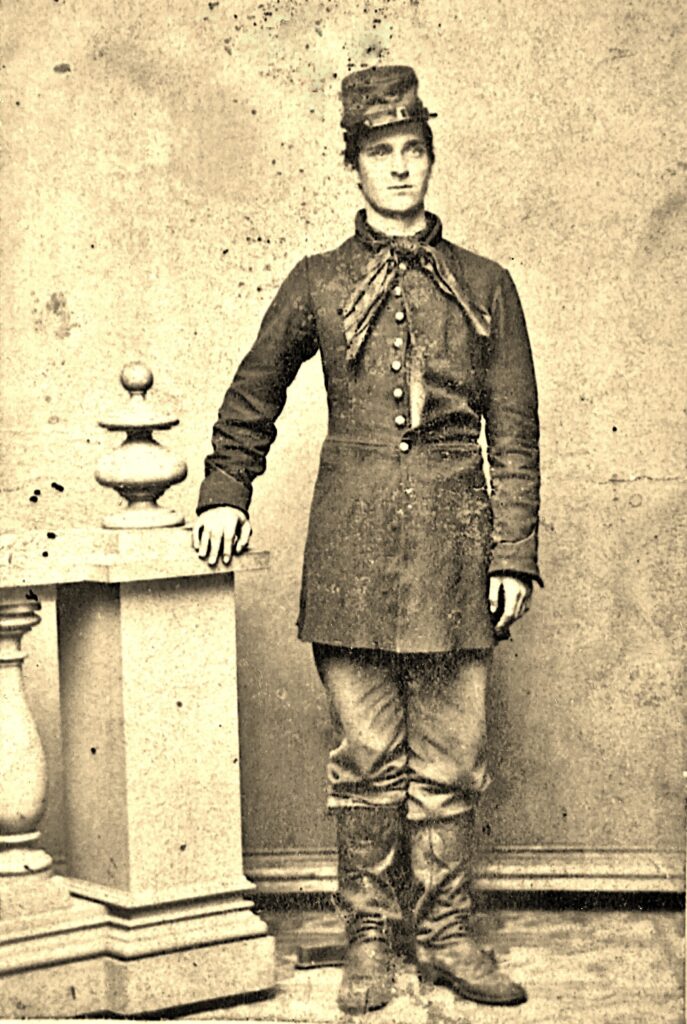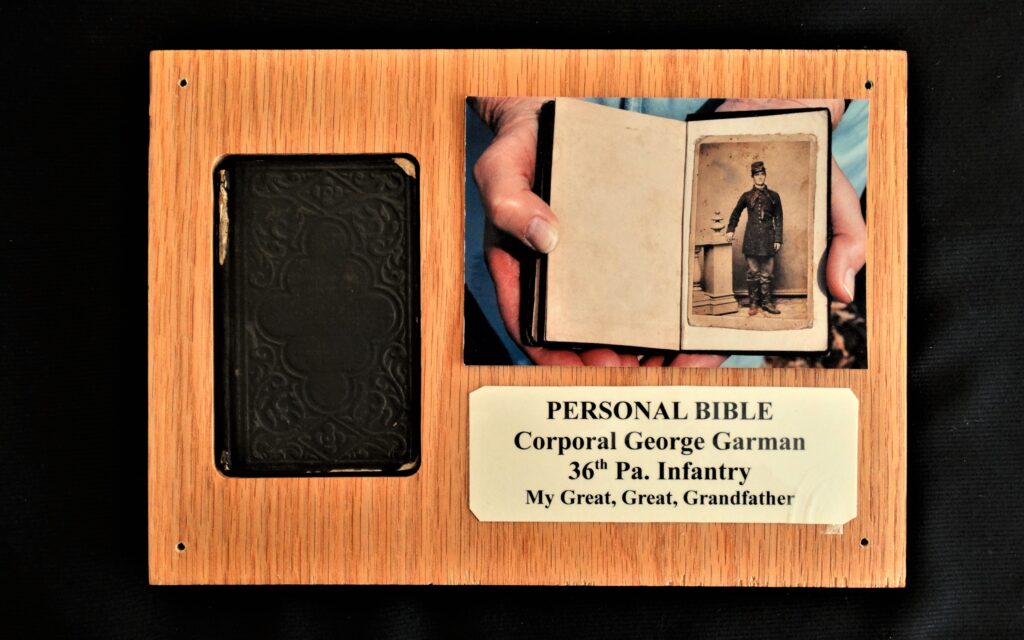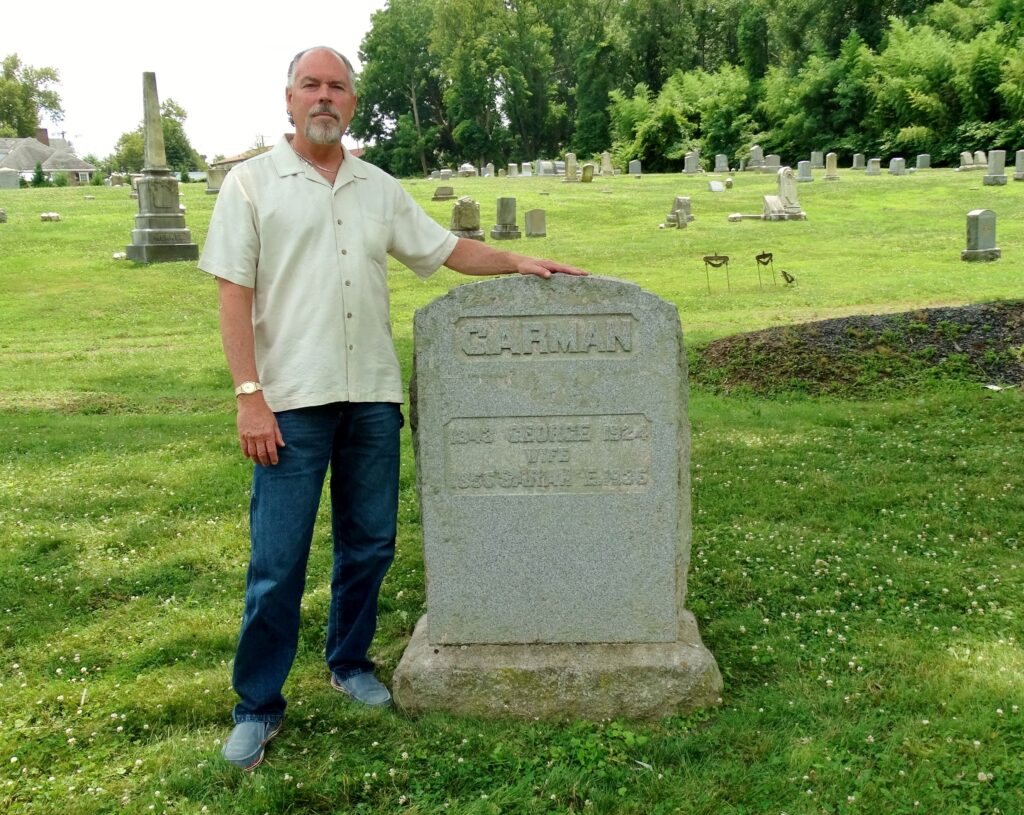
Mike Kalichak was born in Chester, Pennsylvania in December of 1947. He grew up in the same area as an only child and went to St. James Catholic High School. After graduating in 1965, he attended Widener University, which is also in Chester. From 1970 to 1975, he served in the U.S. Navy and the Navy Reserve, where he performed sea duty and was deployed overseas in 1971 and 1972. Following his military service, he studied law at Villanova Law School and began working for the federal government as a Staff Attorney for the Social Security Administration. He retired from this job in 1999, and in 2001 he became a part-time employee at the Fort Mifflin Historic Site as a tour guide. He continues to work there to this day, and the pictures provided are of him as a tour guide there.
Mike has been interested in the Civil War since he was 13 years old when in 1961 his family took a trip to Gettysburg. Also, he became interested in the media about the Civil War that was being shared during the hundred year anniversary of the war from 1961 to 1965. Multiple television programs pertaining to the Civil War were aired in the spring and summer of 1961, and he watched them when they came out. He also read about the Civil War in the Philadelphia Inquirer when it published a section about it in April 1961. Another interest of Mike’s is model trains, which he also started to enjoy when he was 13 years old. He currently has a H.O. scale model train layout in his attic.

Before the Old Baldy Round Table meetings moved to New Jersey, he was a member and attended meetings at the Civil War museum on Pine Street in Philadelphia. He lost contact when that museum closed, but was able to get back in touch and rejoin about seven years ago when the meetings moved to Camden County Community College. He enjoys listening to the lectures provided by Old Baldy and discussing the Civil War with other members. As well as Old Baldy, he is a member of the Brandywine Civil War Round Table, which is based in West Chester, Pennsylvania. He also participates in Vietnam Veterans of America as Secretary of Delaware County 67 and American Legion Post 546 as Treasurer.










